Draft System Boundary Document: Create a document that outlines the system boundaries for the analysis, including the stages and processes involved, as well as any assumptions made.
Activity Data Survey and Form Filling: Conduct a survey to gather relevant activity data, such as energy consumption, resource usage, and waste generation, for each stage within the system boundaries. Fill out the appropriate forms with the collected data.
Collect Relevant Supporting Documents and File: Gather and organize any supporting documents, such as energy bills, resource purchase records, and waste disposal records, that are relevant to the activity data survey. File these documents for future reference and verification purposes.
Composting has proven to be an effective method for converting organic waste into valuable products. However, there is a growing need for innovative treatment processes that can efficiently and effectively stabilize waste, reduce odors, manage nutrients, and save time and space. These engineered solutions can help to address the increasing amount of organic by-products generated and contribute to a more sustainable future.

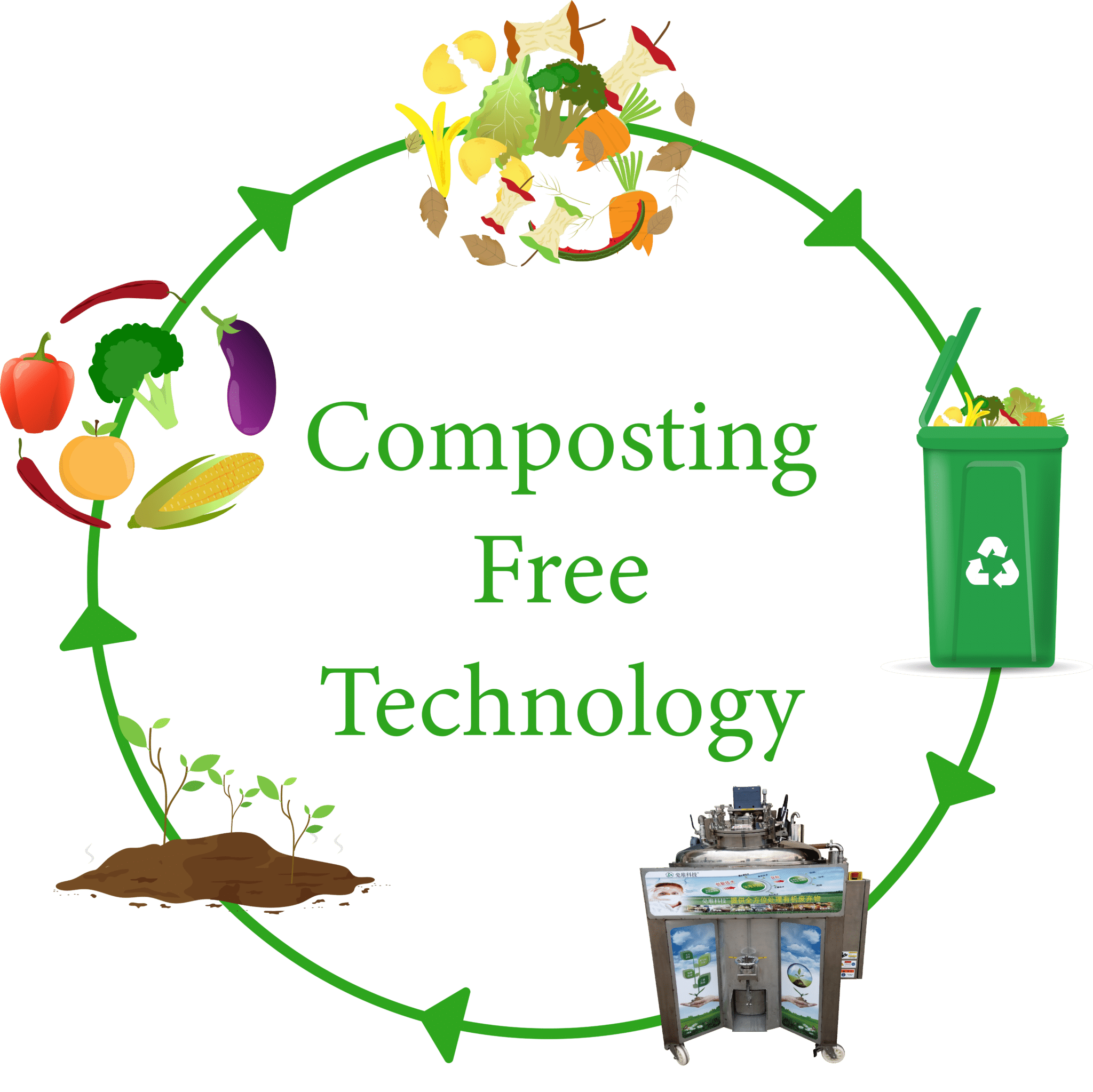
Novel Composting-Free Technology
The composting-free technology is adaptable to different types and amounts of organic waste. Its processes and devices are adjusted according to the specific characteristics of the waste. Yes-Sun’s patented “Composting-free Technology” is a rapid, stable, and safe innovation based on biophysical principles that integrate microbial, biochemical, organic, and soil technologies. This technology produces a high-quality soil conditioner and organic fertilizer.
Novel Composting-Free Technology
The composting-free technology is a novel approach that follows the metabolic principles of food in the human digestive system. This technology subverts traditional methods while still retaining the ancient knowledge of natural composting-free systems. Despite the rapid development of new treatment technologies, the traditional knowledge and values often get ignored. However, the composting-free technology is based on the principle of the human digestive system, which is easy to understand and relate to. The process can be explained using a model of the digestive and excretory system of the human body.
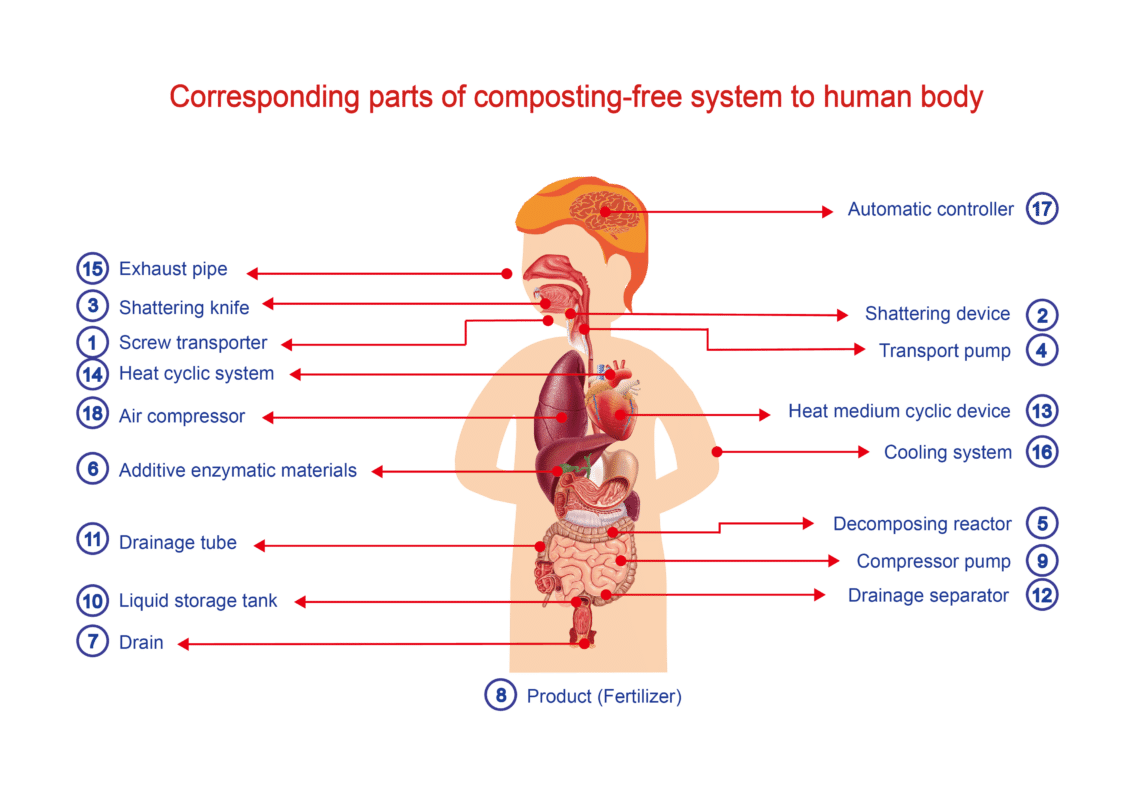
Application Ranges
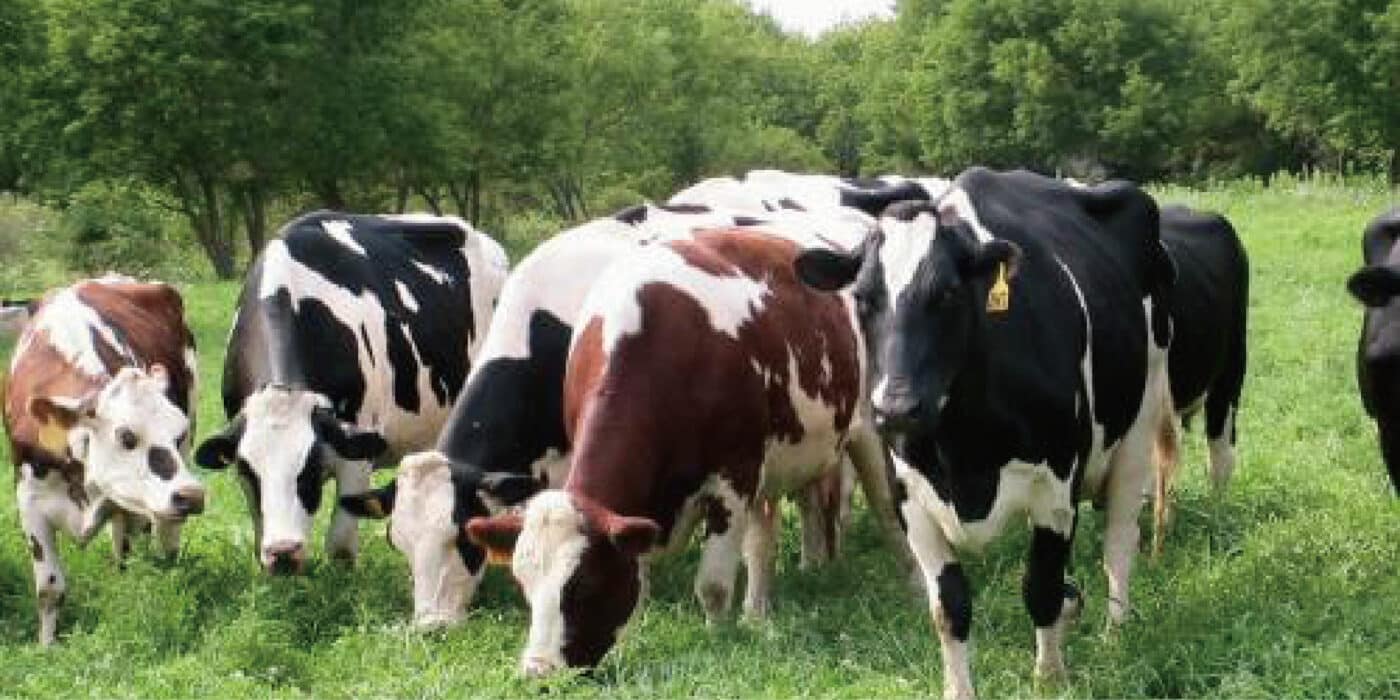
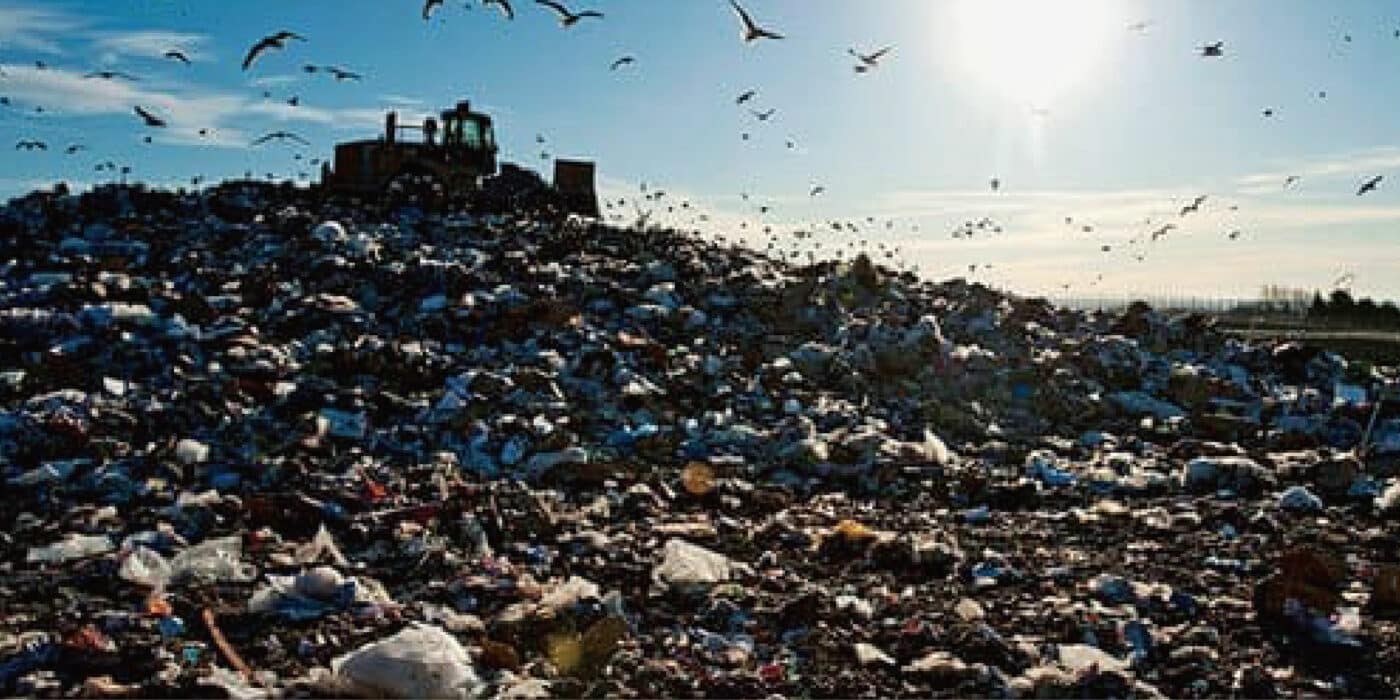

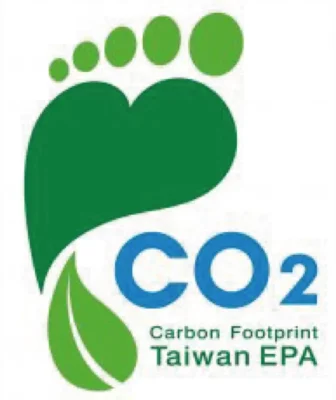
The importance of「Carbon Footprint」
Enterprises assess greenhouse gas emissions in a product’s life cycle to identify carbon reduction potential. These assessments reveal opportunities for reducing waste and emissions, helping businesses select appropriate strategies. With growing demand for supply chain transparency, consumers and investors encourage enterprises to address greenhouse gas issues. Product carbon footprint assessments can be part of corporate social responsibility reports. By choosing products with carbon labels, consumers promote green consumption, helping clients understand their impact on global warming and encouraging eco-friendly practices.
In 2007, the Supply Chain Leadership Coalition (SCLC) was developed by major multinational corporations, requesting that their suppliers provide information on greenhouse gas emissions, reduction targets, climate change strategies, and enterprise risk assessments. Companies such as Dell, Whirlpool, P&G, and Unilever participated.
In 2009, Walmart, the world’s largest retailer, asked its 100,000 suppliers to provide feasibility studies and environmental information, including greenhouse gas emissions, to encourage consumers to purchase low-carbon products.
Many apparel suppliers, including Nike, Adidas, and Timberland, along with over 30 other members, announced the formation of the Sustainable Apparel Coalition (SAC). This group intends to develop a green-tag plan to evaluate the environmental impact of currently marketed clothing and footwear, including factors such as water use, energy consumption, and greenhouse gas emissions.
Domestic electronics manufacturers have also started to request that their suppliers provide information on greenhouse gas emissions or product carbon footprints.
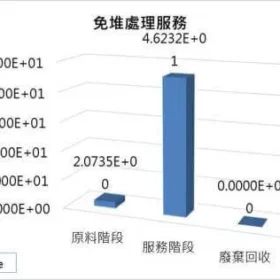
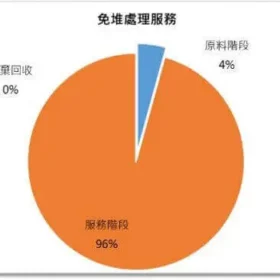
Composting-Free Equipment and Processed Carbon Footprint
Implement Internal Verification and Data Revision: Carry out a comprehensive internal verification process to validate the accuracy and completeness of the collected data. Revise any discrepancies or inconsistencies found in the data to ensure reliable results.
Calculate Target Product Carbon Footprint using GaBi Software: Enter the verified data into the GaBi lifecycle assessment software, developed by Germany, to calculate the carbon footprint of the target product. Follow the software’s guidelines to ensure accurate results and meaningful insights into the product’s lifecycle emissions.
Finalize System Boundary Specification Document: After completing the internal verification and software calculations, finalize the system boundary specification document. This document outlines the scope and boundaries of the product carbon footprint assessment, providing a clear understanding of the environmental impact of the product throughout its life cycle.
Data Correction and Product Carbon Footprint Confirmation after Software Calculation: After obtaining the results from the GaBi software, review the data to ensure accuracy and make any necessary corrections. Confirm the final product carbon footprint based on the corrected data, ensuring that it accurately represents the product’s environmental impact throughout its life cycle.
Compile the Carbon Footprint Inventory: Organize the data and results obtained from the software calculation into a comprehensive carbon footprint inventory. This inventory should detail the greenhouse gas emissions associated with each stage of the product’s life cycle, providing a clear understanding of the product’s overall carbon footprint.
Write a Product Carbon Footprint Survey Report: Prepare a detailed report on the product carbon footprint assessment, outlining the methodology, data sources, and results obtained from the software calculation. The report should also include recommendations for reducing the product’s carbon footprint and improving its environmental performance. This report can be used to inform stakeholders, such as customers, suppliers, and investors, about the product’s environmental impact and the company’s commitment to sustainability.
Document Review Related Information:
— Product Carbon Footprint Report— Send the required documents to the verification company— Carbon Footprint Inventory— System Boundary Specification File— Prepare relevant supporting documents for external audit
External Verification
— Prepare documents required for relevant audits— Arrange relevant departments to cooperate with the audit— Cooperate with external verification— Provide factory consultation— Correct any related issues or missing information.
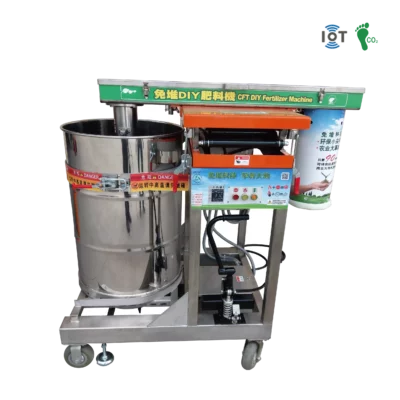
DIY Organic Fertilizer Machine
The Composting-free Technology developed by our company is capable of converting organic waste into high-quality organic fertilizer in just 90 minutes, which can then be applied immediately. By synchronously combining our patented equipment and enzyme formula, we have been able to significantly reduce the energy consumption and running cost of the process.
This batch processing technology has the potential to reduce overall costs by 30-50%, creating a unique opportunity for win-win solutions in environmental protection, agriculture, and economics. Our technology is applicable to developing countries, including corporate organizations, legal entities, NGOs, consortiums, and government units that have a strong desire to improve environmental problems, promote agricultural economic development, and advance the economic benefits of the people.
Specification
Three-phase 220V/380V 800W; Gas 1.2kg/hr
W85cm *D140cm *H150cm

Features
The equipment is movable and has an automatic monitoring process that can be remotely controlled through a mobile phone. It can also be matched with a hydraulic barrel clamping machine, which saves manpower.

Processing Capacity
120~150L/batch

Processing Time
90 minutes reaction time (Drying 4~6 hours)

Application
Recreational farms, small-scale poultry and livestock breeding, wilderness camps, parks, and schools.
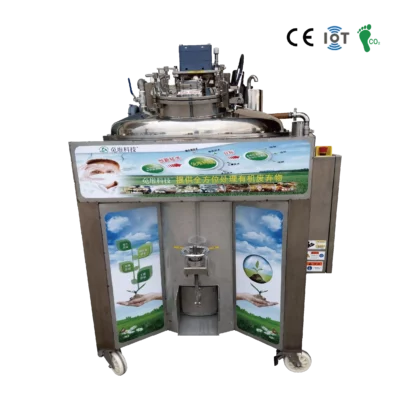
Commercial-type Equipment COM-400L
The simple and automatic design makes it suitable for small-scale treatment of food waste from communities, restaurants, and prisons, such as seafood, chicken, duck, mutton, and more.
The degradation of food waste can often produce unpleasant odors, attract insects and pathogens, and cause pollution to the surrounding environment, posing a risk to people’s health. This system is also effective for processing animal dung and excrement, as well as other types of waste that require immediate attention and faster treatment.
Specification
Optional electricity or connection to factory steam
Three-phase 220V/380V 12.5KW
Dimensions: W130cm *D130cm *H230cm

Features
The system is movable and can be remotely controlled through a mobile phone. It features an industrial computer operating interface for ease of use.

Processing Capacity
280~320L/batch
1000~2000L/day

Processing Time
90 minutes reaction time (drying 4~12 hours)

Application
Food courts, communities, hotels, restaurants, old streets, and night markets.
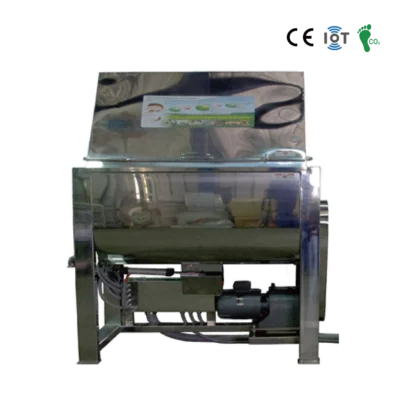
Commercial-type Equipment COM-1000L
The simple and automatic design makes it suitable for small-scale treatment of food waste from communities, restaurants, and prisons, such as seafood, chicken, duck, mutton, and more.
The degradation of food waste can often produce unpleasant odors, attract insects and pathogens, and cause pollution to the surrounding environment, posing a risk to people’s health. This system is also effective for processing animal dung and excrement, as well as other types of waste that require immediate attention and faster treatment.
Specification
Optional electricity or connection to factory steam
Three-phase 220V/380V 30KW (including heating)
Dimensions: W300cm *D200cm *H250cm

Features
Can be customized with additional features such as disintegrator, conveyor, granulator, industrial computer operating interface, and mobile phone remote control.

Processing Capacity
800L/batch
3000L/day

Processing Time
90 minutes reaction time (Drying 6~12 hours)

Application
Colleges, institutions, army canteens, and amusement parks.
Standard-Type Equipment SUN-1500L
The largest composting-free technology system is designed for handling a wide range of organic waste treatment tasks and is suitable for use by both public and private agencies and industries. The system comes in two forms: a fixed type and a mobile type, depending on the specific needs of the user. With its large capacity and advanced features, this system is a powerful tool for managing organic waste on a large scale.
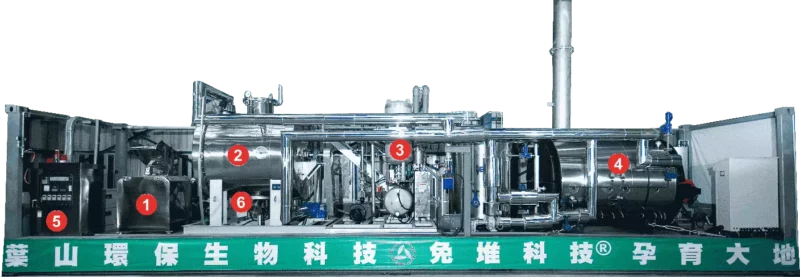
Specification
The composting-free technology system offers customized design process routes, which includes temporary storage of incoming materials, material disintegration, in-feed conveying, out-feed conveying, granulation processing, weighing, and packaging. This system can handle a large amount of waste treatment and can be expanded with multiple units in parallel to increase its capacity.

Features
Industrial computer operating interface, mobile phone remote control, heat source can choose steam, electric heating, boiler

Processing Capacity
1400L/batch
5000L/day

Processing Time
90 minutes reaction time (Drying at least 8 hours)

Application
Ideal for units that regularly generate substantial amounts of agricultural or industrial organic waste. These include food factories, paper mills, wineries, and sewage treatment plants, among others.
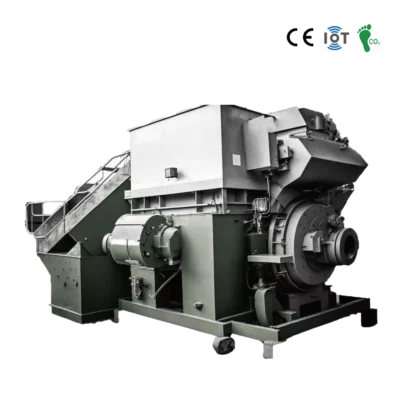
Economical-type Equipment ECO-6000L
This model is designed to handle large volumes of dried and solid agricultural waste that may not be manageable by local governments, leading to environmental and hygienic concerns. It is capable of processing various crop residues to produce usable materials or organic fertilizer, providing significant benefits to farmers.
The system has applications in environmental protection, manufacturing and processing industries, and agriculture. It can be used by governmental and non-governmental organic waste processing organizations, food processing industries, restaurants, traditional vegetable markets, slaughterhouses, pharmaceutical manufacturers, prisons, pig farms, chicken farms, and other similar establishments.
Specification
The composting-free technology system offers customized design process routes, which includes temporary storage of incoming materials, material disintegration, in-feed conveying, out-feed conveying, granulation processing, weighing, and packaging. This system can handle a large amount of waste treatment and can be expanded with multiple units in parallel to increase its capacity.

Features
Industrial computer operating interface, mobile phone remote control, heat source can choose steam, electric heating, boiler

Processing Capacity
5000/batch
20000L/day

Processing Time
90 minutes reaction time (Drying at least 8 hours)

Application
Ideal for units that regularly generate substantial amounts of agricultural or industrial organic waste. These include food factories, paper mills, wineries, and sewage treatment plants, among others.
Composting-Free Technology 4.0
By synchronously combining equipment and formula and re-innovating, the composting-free technology not only saves energy consumption in the treatment process, but also reduces the operating cost of the enzyme-free system. Overall, the batch processing cost of the composting-free technology can be reduced by 30-50%, creating a new opportunity for environmental protection, agriculture, and economic benefits.

Automation

Networking

Cloud

IoT
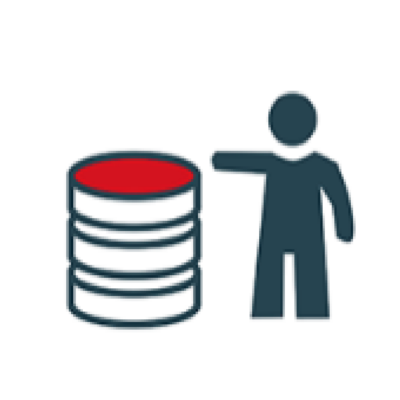
Big Data
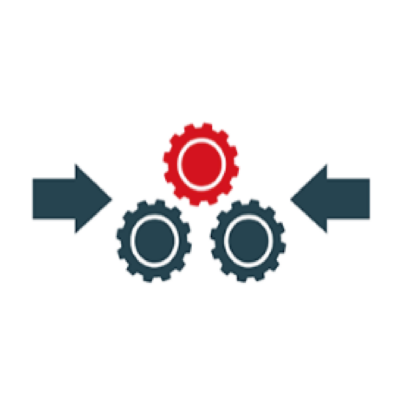
System Integration
Composting-free technology settled issues of cultivation wastes
The human desire for food has led to the growth of food processing and animal husbandry industries, which in turn has resulted in the generation of food sludge and animal manure. Improper treatment of these wastes can cause environmental issues in every country, as well as concerns for NGOs. The pollution caused by animal manure not only harms the environment, but can also spread various diseases.
Conventional methods for treating the large amounts of agricultural waste generated every day, such as biogas power generation, can take several days and require expensive equipment with high processing costs. However, there is now a technology that can address this issue: Composting-free Technology!
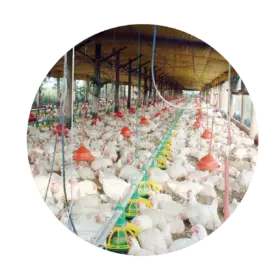
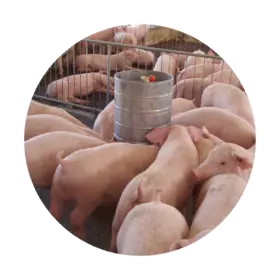
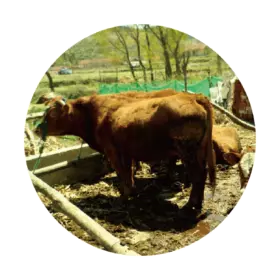
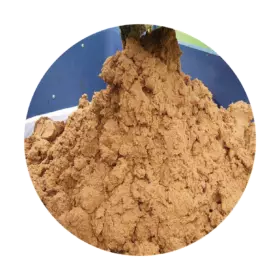
Composting-free create new opportunity for organic agriculture
Farmers often apply large amounts of chemical fertilizer to increase crop yields. However, only 20% of the chemical fertilizer is actually absorbed by the plants. This is because the phosphate and potassium in chemical fertilizers react with iron, aluminum, and calcium in the soil, and the resulting product is not easily absorbed by the plants. This can lead to soil salinity, making it difficult to cultivate crops.
Organic fertilizers, on the other hand, are completely absorbed by plants. By using composting-free technology, farmers can recycle organic substances back into the soil, creating a closed ecological cycle. Through composting-free technology, this opportunity can be easily achieved, reducing the reliance on chemical fertilizers.
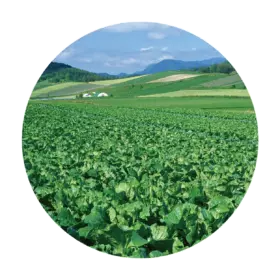

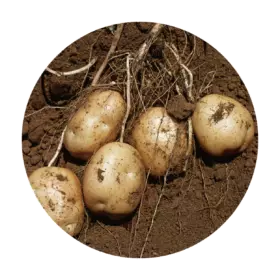
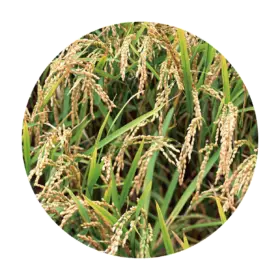
How Composting free Technology could help the environment?
Greenhouse gas emissions are a serious cause of global warming and it is our responsibility to address the release of methane, carbon dioxide, and nitrous oxide into the atmosphere. These gases not only contribute to global warming but also waste organic material. By effectively managing and reducing greenhouse gas emissions, we can acquire carbon credits and protect our planet.
According to research conducted by FAO and Lancet, the total greenhouse gas emissions from agriculture account for 18% of global gas emissions, which is significantly greater than the emissions from cars.
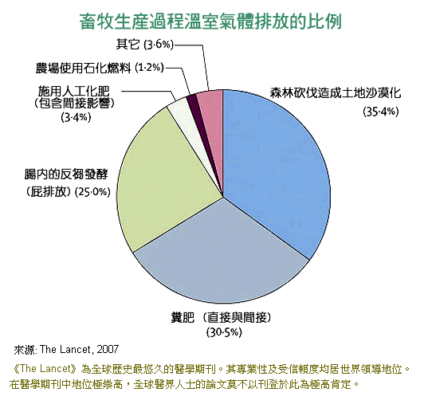
Video Demonstration
Kitchen Treatment Demonstration
Pig Manure Treatment
Cattle Manure Treatment
Chicken Waste Treatment
Leave and Branches Treatment

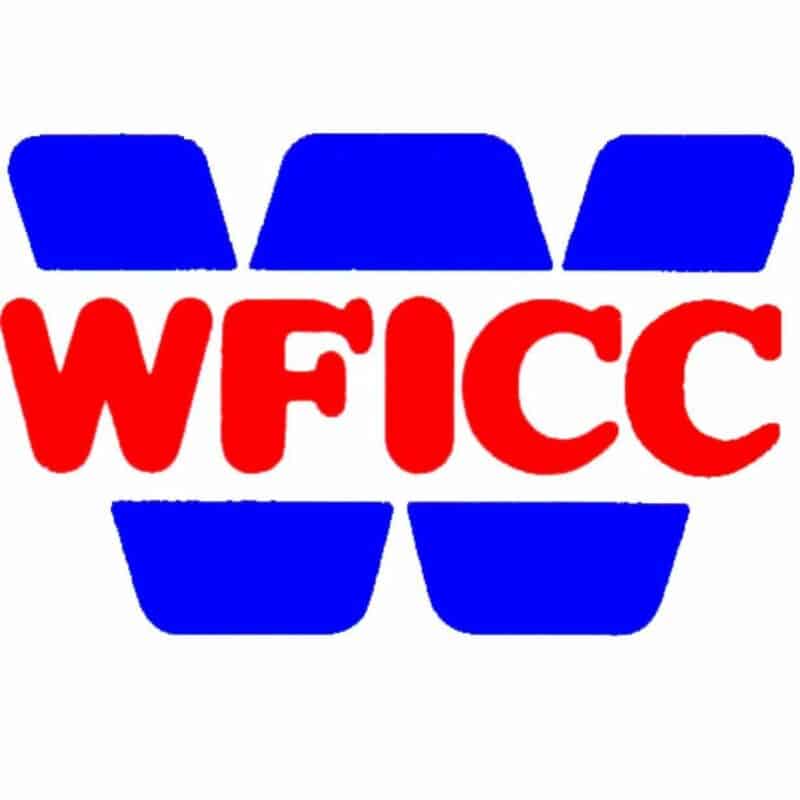

 中文 (台灣)
中文 (台灣) Bahasa Melayu
Bahasa Melayu Bahasa Indonesia
Bahasa Indonesia Tiếng Việt
Tiếng Việt ไทย
ไทย